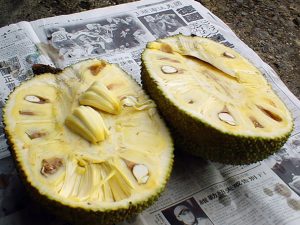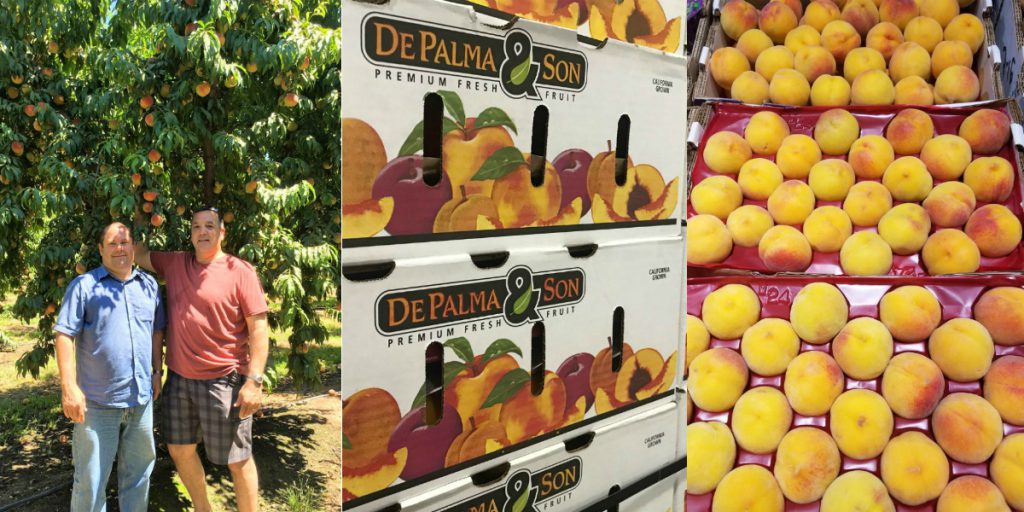
As we continue to enjoy the summer season here in Chicagoland, it’s time to talk about the annual arrival of a delightful summer fruit grown exclusively for Angelo Caputo’s Fresh Markets by an Italian family farm in California. Percoca peaches are an Italian specialty variety of clingstone peach prized for their flavor and aroma. Like most cling peaches, the Percoca’s flavor and consistency make it ideal for canning, processing, and cooking but are also quite delicious when eaten fresh. For over 30 years, we have been doing business with the family-owned DePalma Farms, who grows Percoca peaches exclusively for Angelo Caputo’s Fresh Markets.
These peaches have a flavorful yellow flesh which can be enjoyed in many ways, after removing the stone. One such way, popular in many parts of Italy, is to place chunks or slices of Percoca peaches into a container and cover them with white or red wine. After allowing this combination to mingle and chill for a while, it is customary to sip the wine and eat the wine-drenched peaches. There are entire festivals in Italy dedicated to this simple yet delicious treat.
Our Percoca peaches are only available for a limited time each year. Please stop in soon to get yours!
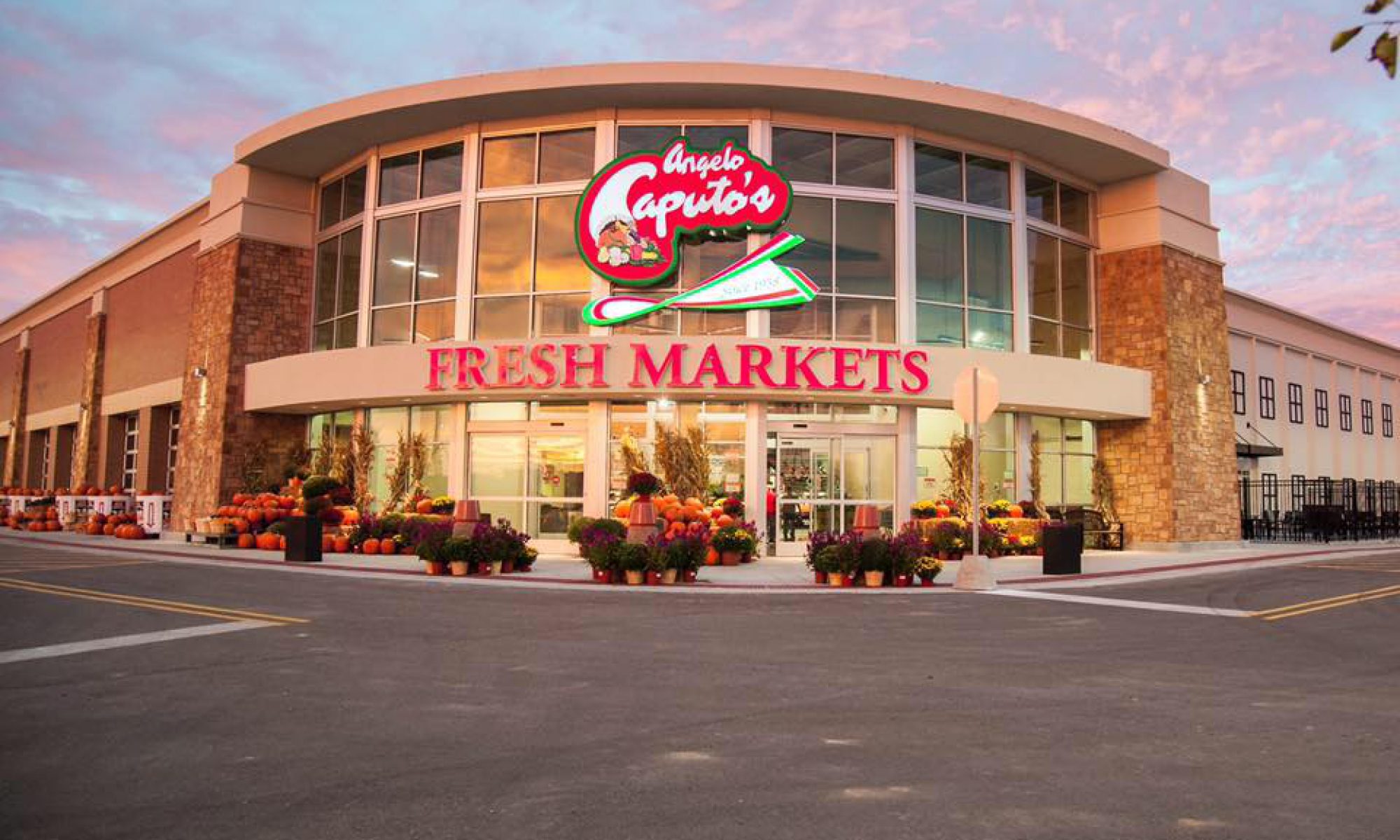
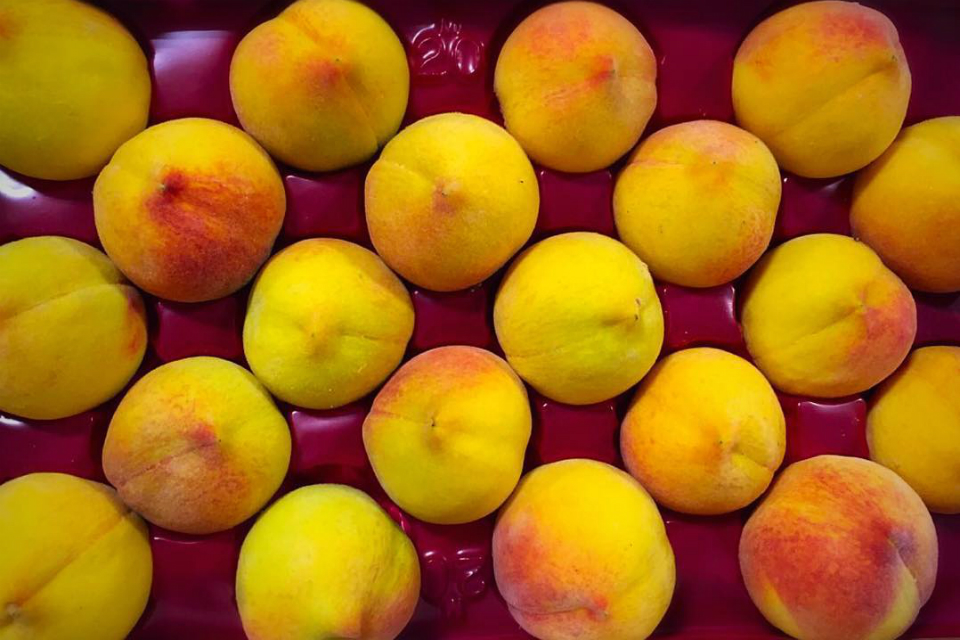
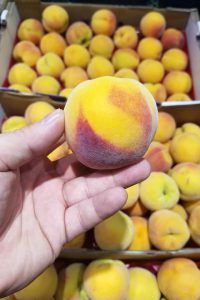

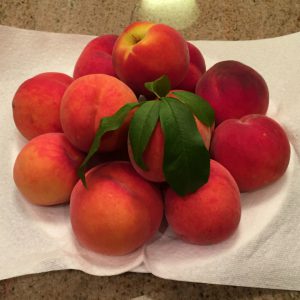
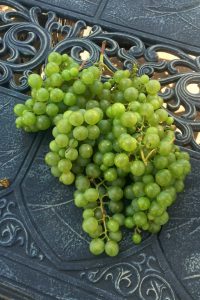
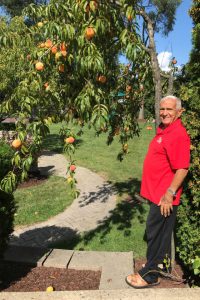

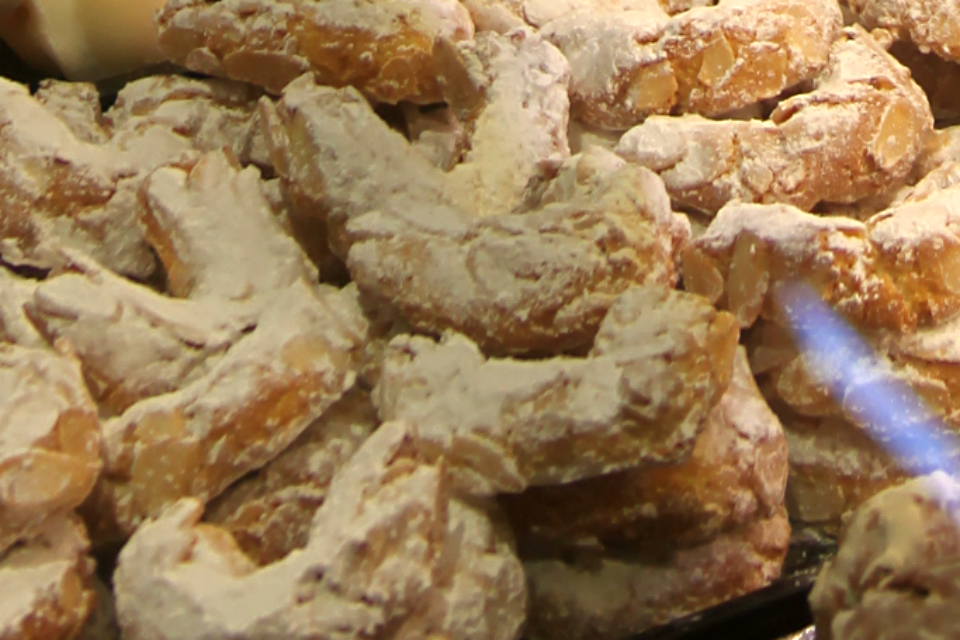



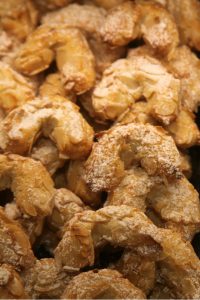

 You may be expecting us to say that the recipe for our famous homemade Italian sausage has gone unchanged for hundreds of years, but that would only be partially true. As has been the case in many Italian families, the original family recipes did not exist in written form but were handed down from one generation to the next in the kitchen. Young people learned the craft by observing and helping their parents, grandparents, and other relatives. This is why there are subtle (and sometimes not so subtle) variations between the same dishes as prepared by different members of the same family.
You may be expecting us to say that the recipe for our famous homemade Italian sausage has gone unchanged for hundreds of years, but that would only be partially true. As has been the case in many Italian families, the original family recipes did not exist in written form but were handed down from one generation to the next in the kitchen. Young people learned the craft by observing and helping their parents, grandparents, and other relatives. This is why there are subtle (and sometimes not so subtle) variations between the same dishes as prepared by different members of the same family. Of course when it comes to making Angelo’s Signature Italian Sausage for our customers, some of whom drive quite a few miles to get theirs, consistency becomes rather important. We couldn’t simply hope that the unwritten traditions handed down through the generations would translate to the same great tasting product day after day. Rather, we felt compelled to make it even better!
Of course when it comes to making Angelo’s Signature Italian Sausage for our customers, some of whom drive quite a few miles to get theirs, consistency becomes rather important. We couldn’t simply hope that the unwritten traditions handed down through the generations would translate to the same great tasting product day after day. Rather, we felt compelled to make it even better! We begin with our old-world tradition of using hand-trimmed lean pork and mix in our private blend of aromatic spices and seasonings, developed expressly for this purpose. It has taken years of continually refining our art to reach this point and the result is a consistent sausage that’s bursting with flavor and will simply amaze your palate! We are
We begin with our old-world tradition of using hand-trimmed lean pork and mix in our private blend of aromatic spices and seasonings, developed expressly for this purpose. It has taken years of continually refining our art to reach this point and the result is a consistent sausage that’s bursting with flavor and will simply amaze your palate! We are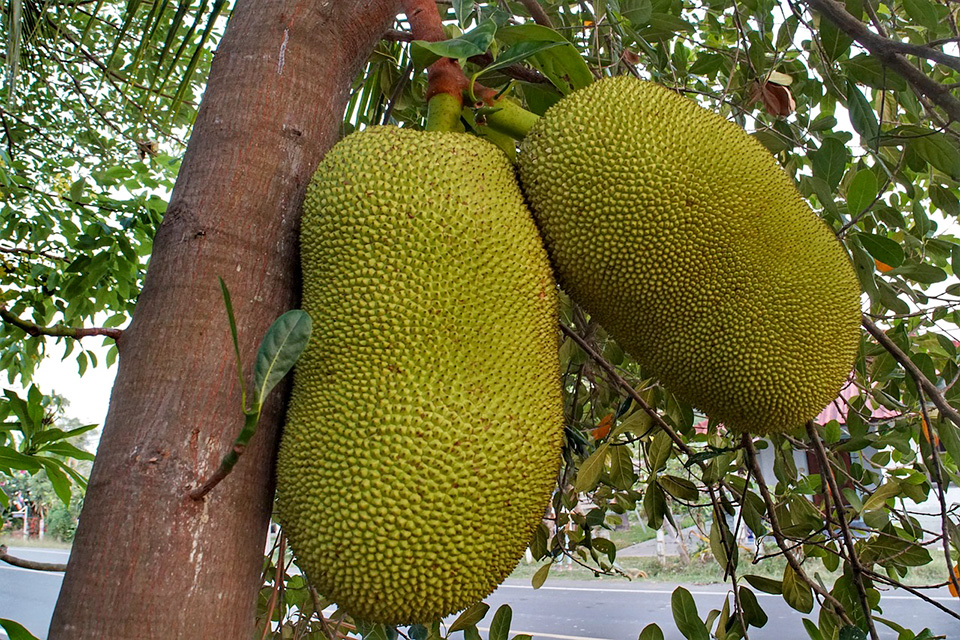
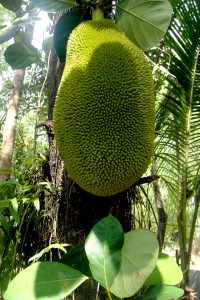 The rind of a jackfruit is pale brown or green and covered with many little cone-like spikes. The inside contains edible bulbs that range from savory to sweet, depending on ripeness. Immature jackfruit is sometimes used as a meat substitute because its texture is somewhat like that of pulled pork. Being a fruit, however, it is high in carbohydrates and does not contain much protein.
The rind of a jackfruit is pale brown or green and covered with many little cone-like spikes. The inside contains edible bulbs that range from savory to sweet, depending on ripeness. Immature jackfruit is sometimes used as a meat substitute because its texture is somewhat like that of pulled pork. Being a fruit, however, it is high in carbohydrates and does not contain much protein.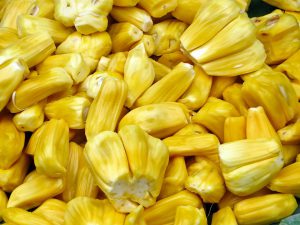 The seeds inside the bulbs are to be removed and can then be steamed or roasted. Raw seeds are not digestible due to the presence of a powerful trypsin inhibitor, which is broken down through cooking.
The seeds inside the bulbs are to be removed and can then be steamed or roasted. Raw seeds are not digestible due to the presence of a powerful trypsin inhibitor, which is broken down through cooking.